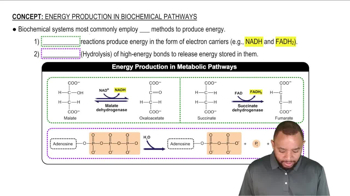Predict the major product(s) of the following reactions:
a. phenylacetylene + 2 HBr
b. hex-1-yne + 2 HCl

 Verified step by step guidance
Verified step by step guidance Verified video answer for a similar problem:
Verified video answer for a similar problem:


 1:01m
1:01mMaster General properties of double addition reactions to alkynes. with a bite sized video explanation from Johnny
Start learning